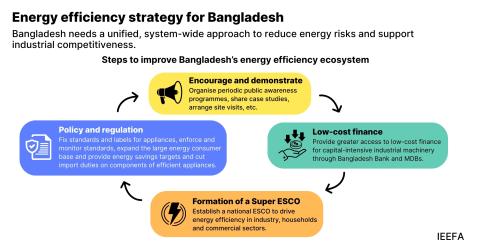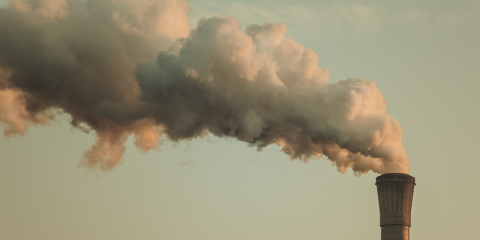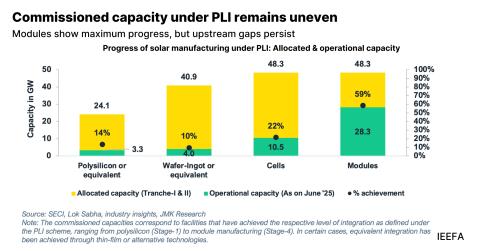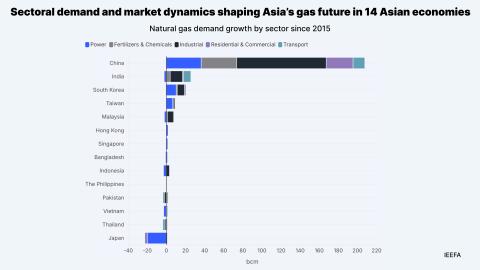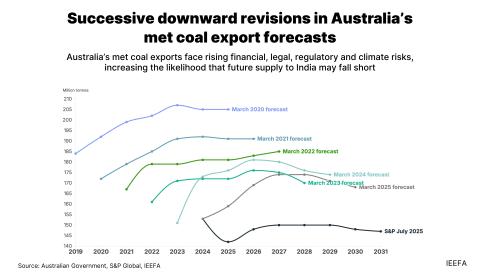Europe’s LNG imports decline 19% with gas demand at 11-year low
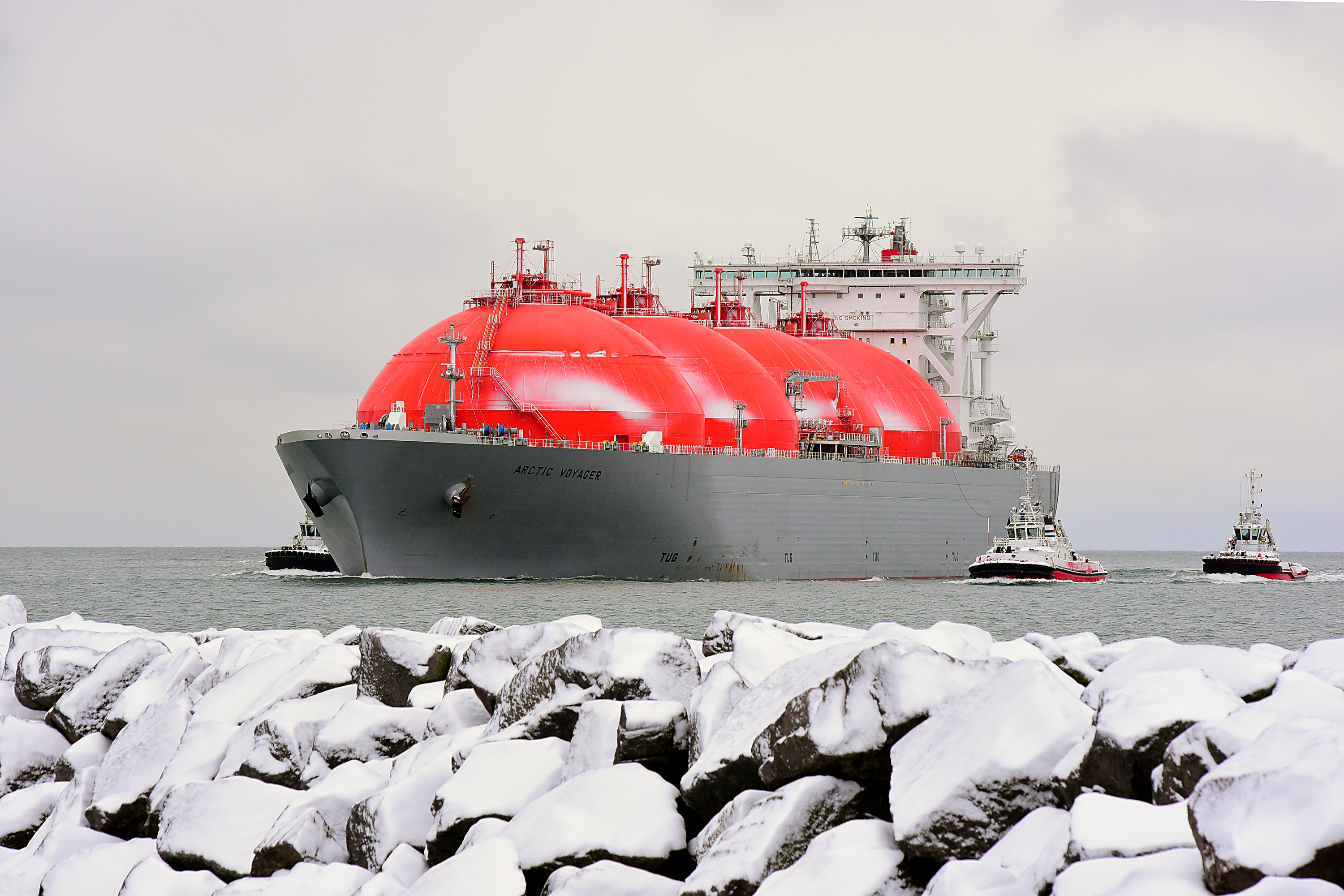
Key Takeaways:
Gas demand reduction policies and renewable energy deployment helped drive a 19% decrease in Europe’s LNG imports in 2024.
Almost half (46%) of Europe’s 2024 LNG imports were from the US. Its imports from the country declined by 18% last year.
Half of the EU’s LNG regasification terminals had a utilisation rate below 40% last year.
EU imports of Russian LNG increased by 18% in 2024. France, Spain and Belgium sourced the most.
18 February 2025 (IEEFA) | European LNG imports fell by 19% in 2024 as gas consumption was at an 11-year low, thanks in part to renewable energy additions.
The updated European LNG Tracker from the Institute for Energy Economics and Financial Analysis (IEEFA) reveals that the continent’s 2024 LNG demand dropped to its lowest level since 2021.
The European countries that reduced their LNG imports the most in 2024 were the UK (by 47% year on year), Belgium (by 29%) and Spain (by 28%).
“EU efforts to curb gas demand have been crucial for maintaining the continent’s security of energy supply,” said Ana Maria Jaller-Makarewicz, lead energy analyst, Europe, at IEEFA. “However, as EU gas demand was flat last year, more work is needed to diversify energy supplies and reduce Europe’s exposure to LNG market volatility.”
The decline in LNG demand contrasts with the flurry of investment in new import infrastructure. While the buildout slowed last year, current plans will see Europe’s LNG import capacity grow by 60% between 2021 and 2030. This is despite LNG demand being expected to fall further by 2030.
IEEFA forecasts that this could result in Europe’s 2030 regasification capacity having a 30% average utilisation rate.
Countries that have installed or expanded terminals since 2021 include Germany, the Netherlands, Türkiye, Italy, France, Belgium, Greece, Finland, Poland and Croatia.
Lower demand meant that half of the EU’s LNG import terminals had a utilisation rate below 40%, including some of the new installations.
“Doubling down on new LNG terminals without taking into account demand trends raises the risk of overinvestment and infrastructure being underutilised as the energy transition accelerates,” said Jaller-Makarewicz.
Imports of Russian LNG soar
Almost half (46%) of Europe’s 2024 LNG imports were from the US. Its imports from the country declined by 18% last year.
Conversely, European and EU imports of Russian LNG grew by 12% and 18%, respectively, last year. This is despite the EU’s aim of ending its reliance on Russian fossil fuels by 2027.
“A third of EU imports of Russian LNG were spot trades in 2024. Member states should prioritise phasing out these flows, which aren’t subject to long-term contracts,” said Jaller-Makarewicz.
France, Spain and Belgium accounted for 85% of Europe’s imports of Russian LNG last year.
IEEFA estimates that EU countries spent €6.3 billion on Russian LNG between January and November 2024.
Effect of no Russian gas transit via Ukraine on LNG imports
Europe’s LNG imports decreased by about 32 billion cubic metres in 2024. This is more than twice the volume of Russian gas that transited via Ukraine last year (about 15 billion cubic metres).
Given that this pipeline supply needs to be replaced and that gas storage needs to be filled ahead of next winter, European and EU LNG demand is forecasted to increase in 2025 – but to a lower amount than their likely peak LNG consumption in 2022 and 2023, respectively.
Press contact
Jules Scully | [email protected] | +447594 920255



